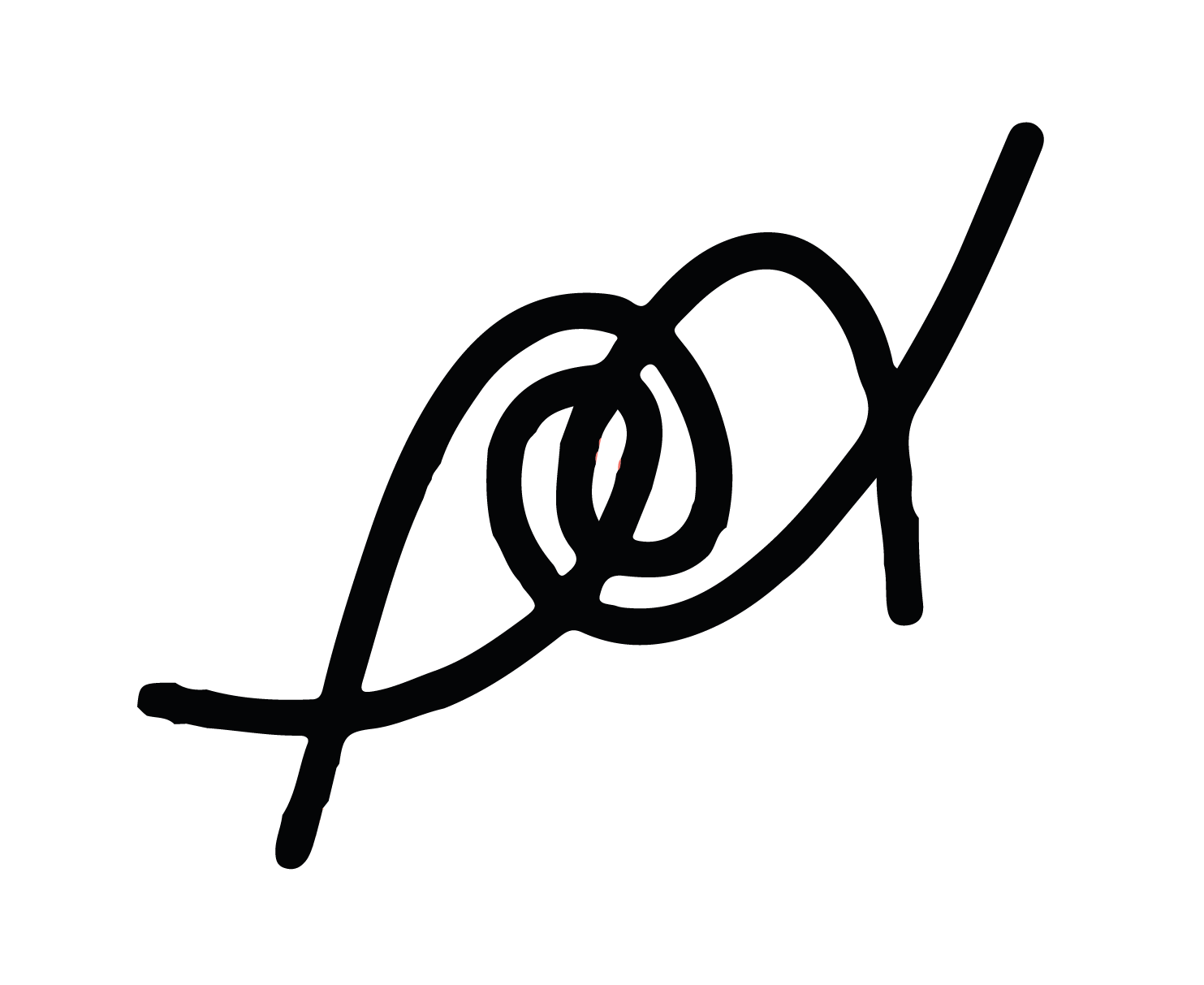Abstract
Complex problems need interdisciplinary approaches. Thinking in an interdisciplinary way asks for changes in learning and teaching and hence in our views on pedagogical problems. An interdisciplinary approach could provide a new framework also for dealing with disciplinary didactical problems. In this paper, we propose a methodology which we call globally interdisciplinary laboratories as an effective way to practice interdisciplinary teaching at the high school level. We discuss the possibility of applying this methodology to the learning and teaching of mathematics. Globally interdisciplinary laboratories are designed by a pool of researchers in collaboration with high school teachers of several disciplines and they are delivered in the classroom by a pool of teachers in co-presence. This has been experimented in Italy in many classes which are part of a national educational project called Liceo matematico. In this paper, we discuss the general design principle of a GIL and exemplify the methodology by considering the one we have called educate the sight, which aims at stimulating, within an interdisciplinary framework, intellectual curiosity, the ability to spot the prominent features of a problem and, in mathematics, the ability of conjecturing, which should be one of the fundamental concerns of mathematical teaching, according to Polya's decalogue for mathematics teachers (POLYA, 1981POLYA, G. Mathematical Discovery. On understanding, learning and teaching problem solving (Combined edition) New York: John Wiley & Sons, 1981.).
Keywords:
Interdisciplinarity; Didactics of mathematics; Learning mathematics

 Thumbnail
Thumbnail
 Thumbnail
Thumbnail
 Thumbnail
Thumbnail
 Thumbnail
Thumbnail
 Thumbnail
Thumbnail
 Thumbnail
Thumbnail
 Thumbnail
Thumbnail
 Thumbnail
Thumbnail
 Thumbnail
Thumbnail
 Source: Image produced by the authors with GeoGebra
Source: Image produced by the authors with GeoGebra
 Source: Image produced by the authors with GeoGebra
Source: Image produced by the authors with GeoGebra
 Sources:
Sources:  Source: Image produced by the authors with GeoGebra
Source: Image produced by the authors with GeoGebra
 Source: (
Source: ( Sources: Wikimedia Commons (left); Gallica.bn.fr (center); pba.lille.fr (right)
Sources: Wikimedia Commons (left); Gallica.bn.fr (center); pba.lille.fr (right)
 Source: Image produced by the authors with GeoGebra
Source: Image produced by the authors with GeoGebra
 Source: Image produced by the authors with GeoGebra
Source: Image produced by the authors with GeoGebra
 Source: Elena Possamai Archive Photographic, authorized by the author
Source: Elena Possamai Archive Photographic, authorized by the author